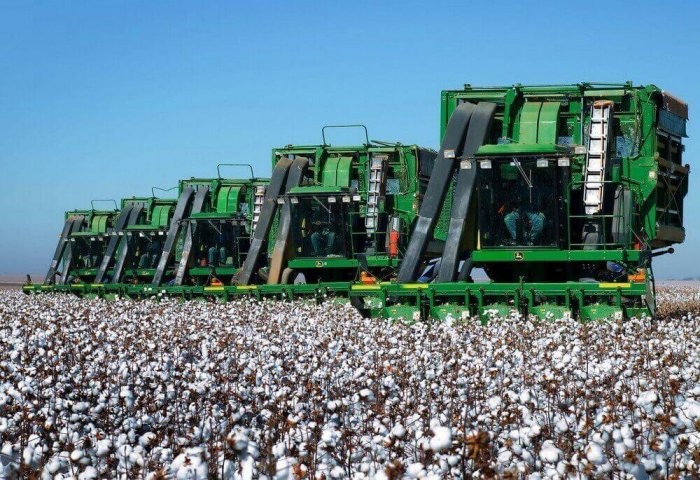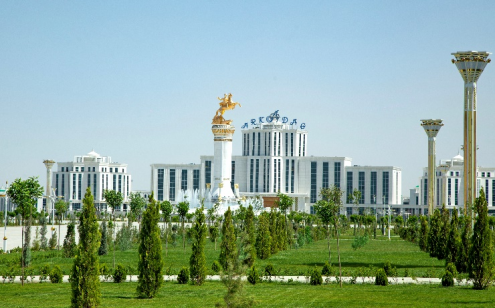The cotton industry is not only important for the production of fabric or yarn, but also for its role in sustainable and inclusive economic development, employing millions of people worldwide. In addition, cotton has many secondary uses that are becoming more and more important. It is also a high value-added crop. For example, Turkey imported 1.2 million tons of cotton worth $2.2 billion in January-November 2021. At the same time, the country's exports of finished garments totaled $18.4 billion and exports of textile raw materials totaled $11.7 billion. In this respect, the development of the processed cotton and textile industry is also critical. Turkmenistan also develops cotton industry, produces and exports value added products to foreign countries.
Cotton stands out with its textile and knitting industry. However, the United Nations World Cotton Day aims to raise awareness not only of cotton's role in fashion and household products, but also of its recognition and role in international trade and poverty alleviation. The UN states that cotton is a resilient crop that is resistant to climate change and can be grown in arid and semi-arid regions.
According to the UN data, cotton accounts for only 2.1 percent of the world's arable land, but meets 27 percent of the world's textile needs. The International Cotton Advisory Council (ICAC) estimates that 26.4 million tons of cotton will be harvested from 33.4 million hectares in the 2021-2022 production season. Global demand for cotton is expected to be 26.2 million tons.
In general, cotton factories produce almost no waste. Cotton is not only a source of fiber, but the seeds are also used for high quality feed for dairy cows. The seeds also produce cotton oil, which is used in cooking, cosmetics, soap, chips, salad dressings and other foods.
After the ginning process, cotton also has numerous industrial uses. cotton lint with long fibers is commonly used in medical equipment, while lint with short fibers is used for skin care, cotton pads and even in x-ray equipment. Cotton by-products are everywhere, from ice cream to wallpaper, hot dog wrappers to baseballs, and many products we use at home, such as cotton swabs, tissues and even disposable diapers, also contain cotton.
Consumers prefer soft, comfortable and hypoallergenic cotton products. They show an overall high level of trust in cotton and feel that wipes made from cotton are better than wipes made from synthetic fibers. This is one of the driving factors pushing consumers to purchase cotton products.
According to the 2022 Cotton Incorporated Lifestyle Survey, cotton is used in nearly every clothing category. Clothing has always been the top choice for holiday gifts, with nearly half of holiday gift buyer planning to give clothing as a present.
This is good news for cotton farmers everywhere. As per UN, cotton is important to both developed and developing countries and is a major crop of their agricultural industry.
In 2021, Turkmenistan's farmers harvested and delivered to the state more than 1.25 million tons of cotton. More 7.6 thousand tractors, 1.7 thousand seeders and 5.5 thousand cotton harvesters were used in the harvest season.
Nurmyrat Mommayev,
PhD Candidate at Marmara University's Department of Political Science and International Relations in Istanbul, Turkey









30635-90x604.jpg)




30625-90x604.jpeg)
_(1)30624-90x604.jpg)


